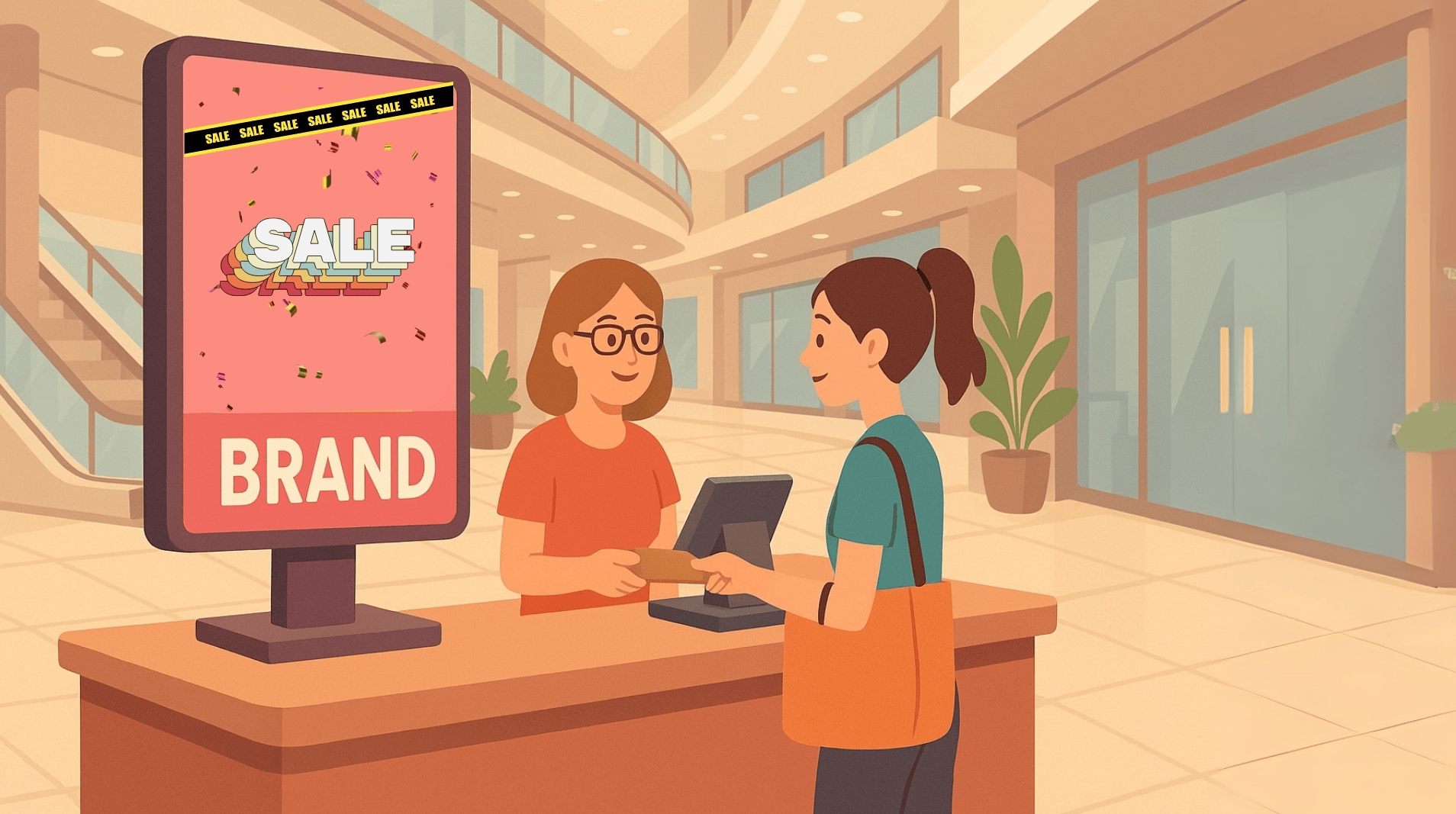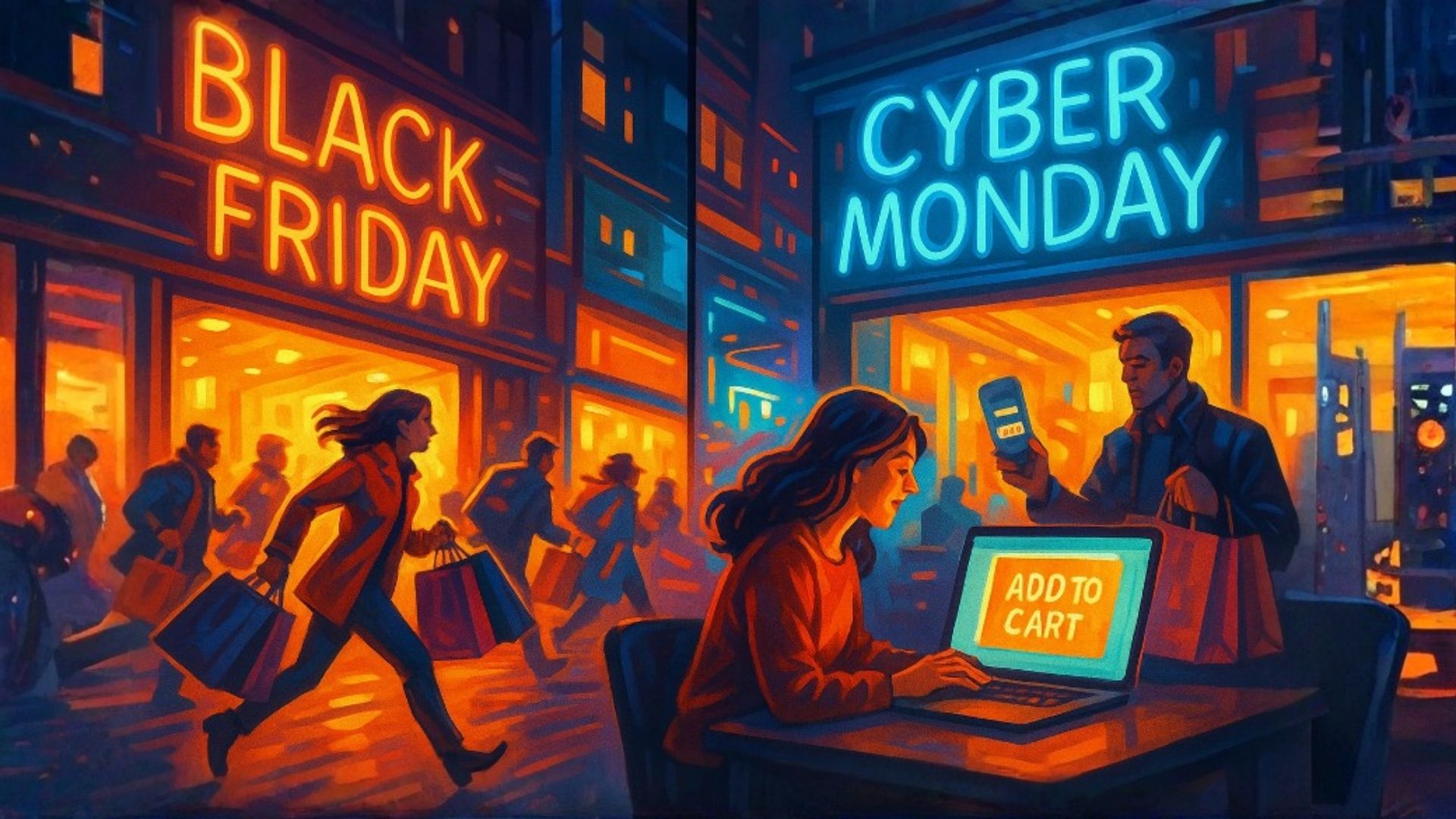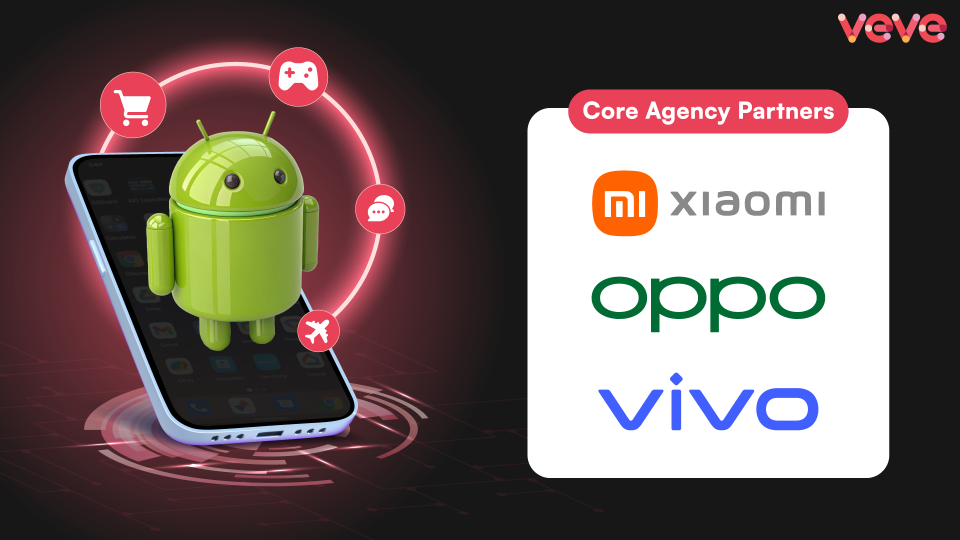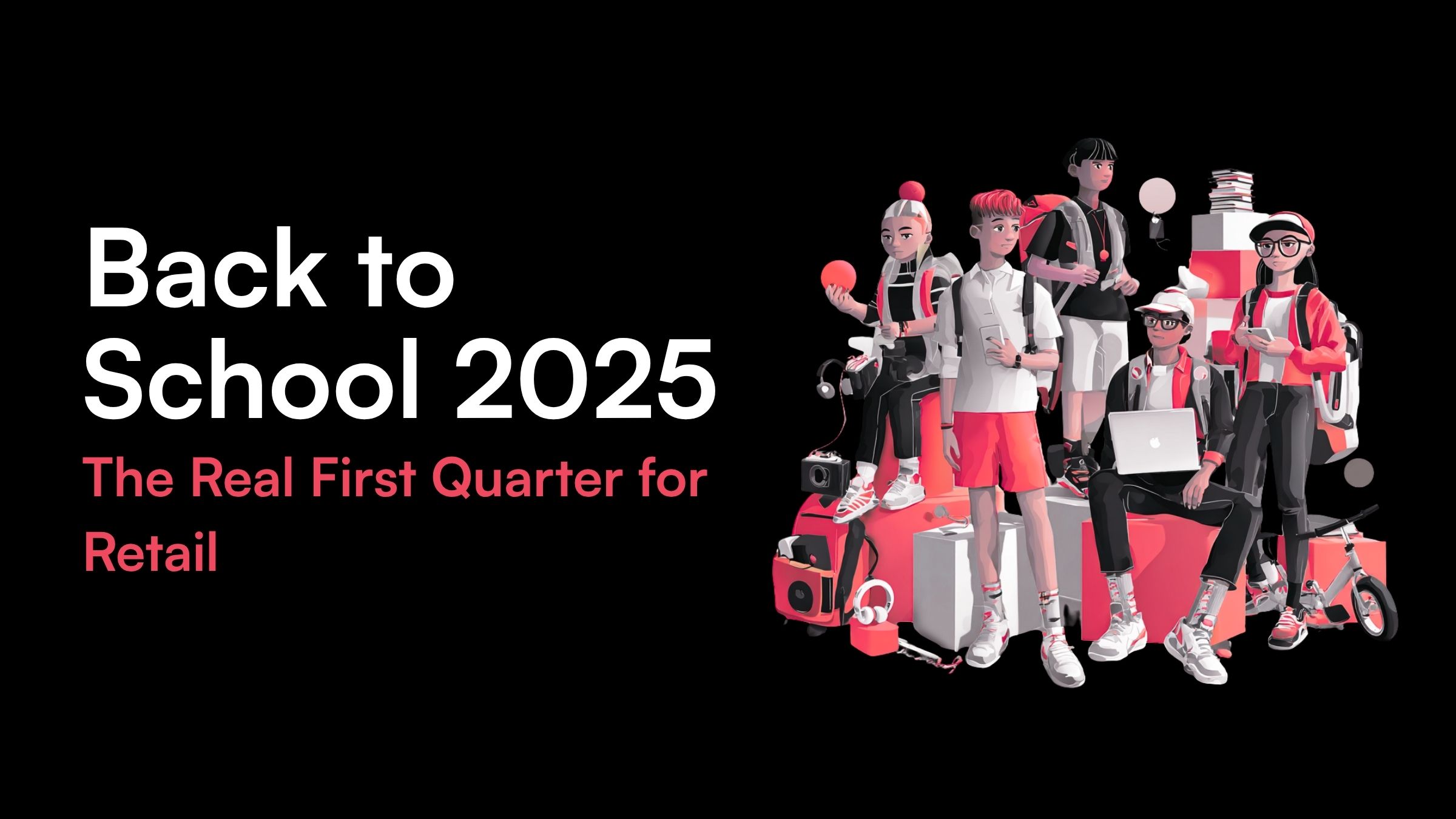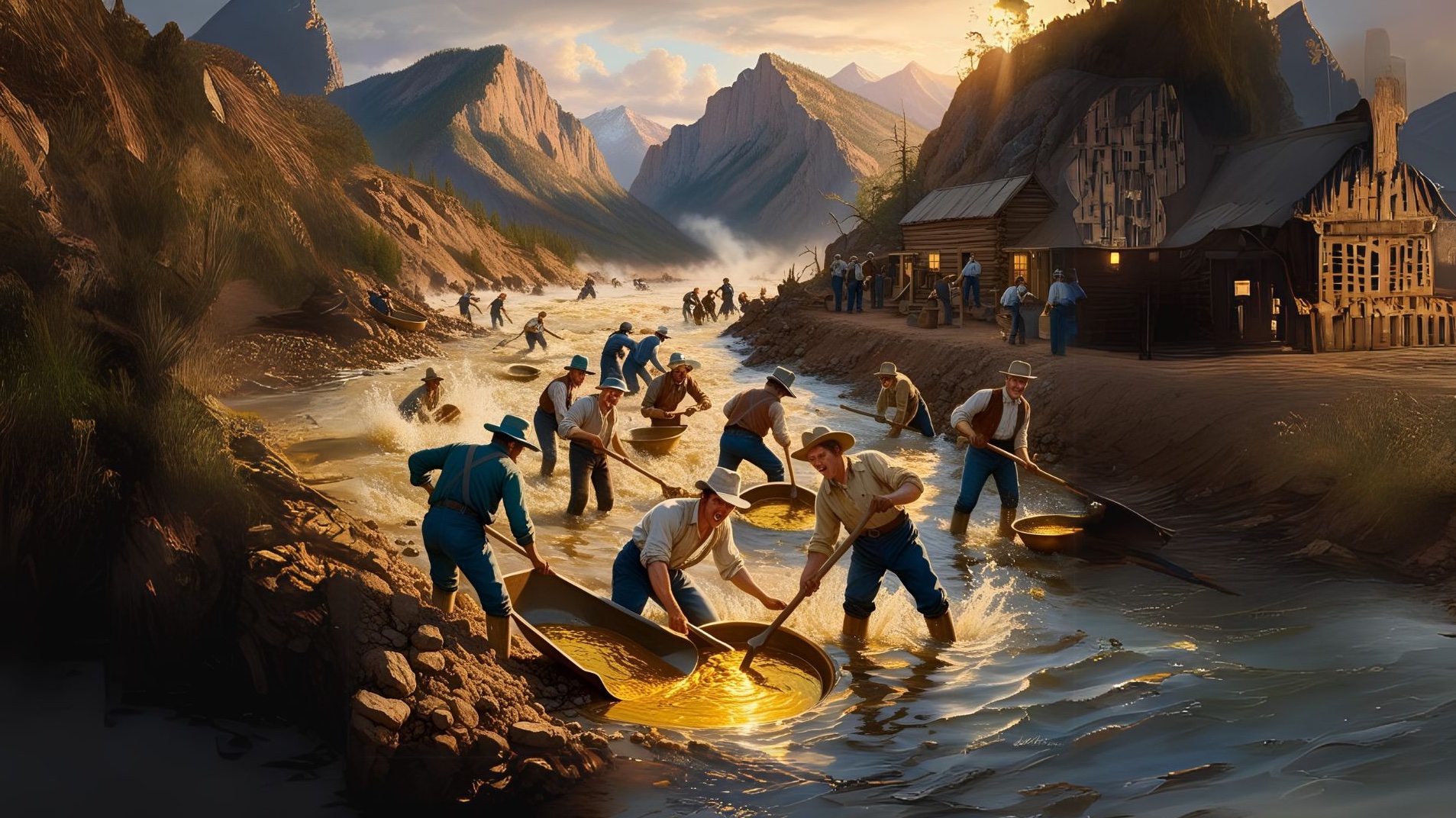Think about the last time you walked into a mall. Your choices weren’t made at the billing counter, they were shaped at the entrance. A window display caught your eye, a bold billboard sparked curiosity, a limited-time offer nudged you to explore. By the time you reached checkout, most decisions had already been made.
For years, the internet worked the same way. We wandered the aisles of search results, clicked into several sites, compared options, and then chose. That journey has shortened. On Google, in social feeds, and inside AI assistants, people now get what they need right there, often without a click. This is zero-click behavior, and it is no longer just about Google.
The journey got shorter
Search used to be a map, but today, it often feels like a verdict. AI Overviews synthesize answers at the top of the page. Featured snippets and knowledge panels resolve common questions instantly. Organic results are still present, but they sit lower on the page, and a growing share of searches end without any site visit at all.

The numbers tell the story. In March 2025, only 40.3% of U.S. Google searches led to an organic click, down from 44.2% in March 2024. In the EU and UK, the share fell from about 47.1% to 43.5% over the same span. In parallel, more of the remaining clicks moved to Google-owned destinations like YouTube and Maps. A 2024 study found that for every 1,000 U.S. searches, only about 360 clicks reached the open web. In the EU, the figure was about 3741. AI Overviews appeared on roughly 13% of queries in March 2025, which further concentrates attention at the top of the page.2
Social platforms keep discovery, reviews, and even purchases inside their walls. E-commerce apps surface AI buying guides and curated picks before you reach a category page. AI assistants condense research into conversational summaries. Fewer detours, fewer tabs, fewer chances for brands to make their case the old way.
What this means for brands
The familiar playbook: rank high on SEO, win lower-funnel keywords, and let the rest take care of itself, is not sufficient. A page-one position does not guarantee attention if the answer is resolved above your link. A well-placed ad does not guarantee a visit if the journey ends inside a walled garden.
The core challenge is not one channel. It is the shape of discovery. The moment where people form preferences has moved earlier, closer to the point where intent is high, and a brand can set the next step.
Timing is everything
Back to the mall. If you show up only at the billing counter, you are too late. The leverage is at the entrance, where shoppers decide what to explore.
Online, that entrance is the browser start page. It is the one open and neutral gateway in a web of closed ecosystems. It is calm, it is uncluttered, and it sits before people turn to Google, social, or an AI assistant. That makes the start page a rare opportunity to guide the journey, not just react to it. Treat it like premium out-of-home at the front door of the internet. You can frame the next click, plant a preference, and start the story on your terms.
Browsers as the new digital front door
Browsers do not compress choices into a single answer. They invite exploration. When your brand is visible here, you reach consumers before intent is fully formed, influencing discovery, not just competing for conversion.
This is where many brands quietly win, not by outspending competitors, but by showing up early in the journey, in the one space everyone visits and few brands truly leverage.
How VEVE helps you meet people at the door
VEVE partners with leading browsers worldwide so brands can greet users at this digital front door. Two high-impact formats make it practical.

Tiles (quick-access icons): Branded icons placed on the browser’s start page, offering users one-click access to your site. Always visible yet unobtrusive, Tiles keep your brand present in everyday browsing and naturally reinforce recall.
Impact (High-impact banners): Prominent banners and dynamic creatives featured on the browser’s start page. With bold visuals and compelling copy, Impact formats capture attention instantly, making them ideal for showcasing offers, launches, or seasonal campaigns.
The playbook that works now
- Claim the entrance. Treat the start page like prime OOH. Consistent visibility beats sporadic bursts.
- Prime the journey. Use the banner creative that sets a direction, for example a category, a promise, or an offer, rather than trying to close on the spot.
- Rebalance your mix. Keep SEO and performance but stop treating them as your first hello. Push a portion of budget earlier in the funnel to lower what you pay later.
- Assess the fit. Our Guide to Browser Advertising provides a practical framework for brands to determine whether browser advertising makes sense for them, with strategies and examples you can apply right away.
Bottom line
As Bharat Sharma, COO at VEVE, noted in his interview, AI-first tools are collapsing the funnel, what once took multiple searches and clicks can now be completed in “fractions of seconds.” That shift means visibility at the entry point is essential.
Zero-click is the new default. AI summaries, closed ecosystems, and answer-first experiences compress the path from curiosity to conclusion. In that world, the brands that show up at the door – before the scroll, before the search, and before the summary, are the ones people remember at checkout.
